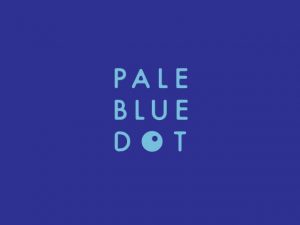Ashley Lewis
Two series of small woven tapestries. One set by Ashley, one set by a machine learning model.
https://ashleyjanelewis.com/2019/12/05/probable-weaves/
Description
The first computer was modelled after the Jacquard Loom. Female weavers like Ani Albers, and many others, perfected the use of the loom while both inadvertently and directly developing algorithms that went on to influence the functionality of computers. I am deeply interested in the hidden narrative of women and soft textiles at the origin of (masculine) computing and hardware. I like the idea of feeding computation back into weaving as a way of unravelling our common understanding of tech and honouring those women. Using Runway and ml5, I fed a machine learning model a collection of Ani Albers weaving patterns to create a set of “Probable Weavings” and then wove those patterns. In the time it takes to weave these works, I thought deeply about the influence of women on computation as well as the limits of algorithms to understand materiality and space.
Classes
Machine Learning for the Web











